This
post was originally published on
this siteOriginally Posted At: https://breakingmuscle.com/feed/rss
If you’re looking for a way to spice up your cardio routine without a bulky or expensive cardio machine, jumping rope is a great option. It’s cost-effective, easy to learn, and could improve your health. However, with so many options available today, how are you supposed to pick one? Choice overload is a real thing, and if you have too many options, you might not pick any! Therefore, we’ve made it easy for CrossFitters, boxers, and everyone in between to find the best jump rope for them.
Check out our top 11 picks, including everything from the best jump rope for double-unders and boxing to the best choices if you’re on a budget or want to go cordless.
How We Chose the Best Jump Rope
Not to toot our own horn, but we’re no strangers to fitness equipment at Breaking Muscle. As certified personal trainers, strength and conditioning coaches, and all-around fitness junkies, we’ve used plenty of commercial and home gym equipment. Many of our staff members have also been doing CrossFit for at least a decade or more, and naturally, jump ropes have been in our fitness equipment line-up.
In fact, our in-house team has tested almost 30 jump ropes. We could tell you which ones are beginner and budget-friendly, as well as the ones that can help you PR your double-unders.
To create the best jump rope list, we made a list of all the jump ropes we’ve ever tried and ranked each one on its durability, performance, unique features, and more. Following that, we scoured the Internet to research different options. Before long, we realized some commonalities regarding which jump ropes were the most ideal for any situation and began categorizing them. The end result is what you’ll find below.
Our Top Picks for the Best Jump Rope
Best Jump Rope Overall: Rx Smart Gear Original
Rx Smart Gear Original
4.4
- Length: 7’10” to 9’4”
- Cable material: Aircraft-grade cable with PVC coating
- Cable thickness: Not listed
- Handle material: Not listed
Check Price
Pros
- Customizable with lots of handle and cable color options
- Gives good feedback
- Well-made ergonomic handle
Cons
- Cable hurts if it hits you
- May not hold up well in colder weather
- Not adjustable
Wouldn’t it be neat if you could buy a jump rope that was made just for you? Sometimes, the options found in the store just don’t check all of the boxes. For instance, it might have the cable weight you desire but not come in a length that works for your height. Or maybe you love the cable and/or handle color, but the other factors don’t align with your fitness goals.
Rx Smart Gear (aka RXSG) alleviates these concerns by offering an attractive choice for both beginners and experts. It’s customizable to fit your needs aesthetically and functionally, so it easily lands on this list as the best jump rope overall.
The Rx Smart Gear Jump Ropes are made with a PVC-coated, aircraft-grade cable. They come in 10 different lengths that can accommodate individuals between 4’9″ and 6’5″ tall. There are also many cable colors to choose from, like green, yellow, and different shades of blue.
The thickness of the cable varies, too. Amanda Dvorak, Reviews Editor at Breaking Muscle, purchased RXSG’s “beginner” rope when she first began her CrossFit journey. This cable, which RXSG calls “Buff,” is 3.4 ounces, while the other three options are 2.6, 1.8, and 1.3 ounces. She says, “The thicker rope moves more slowly, so it’s supposed to be able to help beginners get the timing of double-unders before they move on to speed ropes with thinner cables.”
Like the cables, the RX Smart Gear handles come in multiple colors. If you like cute gym equipment, you can find it here. From leopard print and camo to solid colors like sea green, orange, and yellow — you’ve got options.
While it’s unclear what the handles are made of, we can clearly state that they’re high-quality. They’re six inches long and one inch thick with indentations on them. The indentations allow you to conveniently place your thumbs so you can maintain a relaxed grip. They’re wrapped in grip tape to prevent your hands from slipping when they get sweaty.
However, Amanda notes, “Even though the handles are grippy and comfortable to hold, I notice that they burn out my shoulders and forearms quickly. They’re a lot thicker than any other jump rope I’ve used.”
RXSG uses a patented swivel attachment to make controlling the speed of the ropes seamless for athletes. The ball-bearing system in the handles appears to play on its own power to rotate the rope around. So, whether you’re doing CrossFit, HIIT, or another cardio workout, it should give you what you’re looking for performance-wise.
For $55 to $60, you get a custom-made, durable jump rope that lasts. Amanda occasionally uses hers on pavement, and it hasn’t frayed yet.
In addition, it seems to hold up well in cold weather for the most part. However, some have complained that the PVC cord starts to break down once it reaches 20 degrees and below. While it’s not an adjustable rope, it’s a good one. However, you’ll want to watch your legs and the back of your arms because this steel cable will sting you if you miss a rep.
RELATED: Best Kettlebells for Home Gyms
Best Jump Rope for Beginners: REP Speed Cable Jump Rope
Pros
- Affordable
- Lightweight
- Adjustable
Cons
- May not be ideal for taller individuals
Chances are, If you’re new to jumping rope, you don’t want to spend a ton of money. You likely just want to get a feel for it and see if it’s right for you. But do you have to sacrifice quality if you buy a cheaper jump rope? Nope! The REP Speed Cable Jump Rope is $11.99 if you only get one, but you can save by buying a set of five or 10. The five-pack is $47.50, and the 10-pack is $90, so even if one broke, you could just grab another from your home gym stash.
The REP Speed Cable is an adjustable jump rope that allows for workout versatility. It was built with the various needs of jumpers in mind, so whether you’re into cross-training or HIIT, it should work for you. This is incredibly helpful for beginners as you might not be sure how long the cable should be or what kind of workouts you want to do.
The cable is made of rubber-coated galvanized steel and is 118.1 inches long. You can find the best length for you by standing in the center of the 9.8-foot-long rope and pulling the handles straight up. Once the handles touch your armpits, set it there. While the length should work for most, it could come up a bit short for taller individuals. Keep in mind that most ropes are 10 feet, and this is slightly under that.
The cable is also relatively thin, only 0.1″ inches thick. However, this is what you’d expect from a speed rope. The REP Speed Cable Jump Rope would be good for those who are proficient with double-unders but not ideal for beginners. The thinner, lighter cable can make it more difficult to perfect your rythym when you’re learning how to jump rope.
The plastic handles are 4.5 inches long, shorther than the handles on the Rogue SR-2 Speed Rope, but they should still fit comfortably in your hands. They’re very lightweight and easy to grip. Overall, if you’re a beginner looking for a tangle-free cable you can use on the go or at home, these are a solid choice. The REP Fitness Speed Cable is only 0.2 pounds and isn’t going to weigh you down.
Best Jump Rope for Boxing: TRX Speed Rope
TRX Speed Rope
4.3
- Length: 10′
- Cable material: Vinyl-sheathed metal cable with nylon coating
- Cable thickness: Not listed
- Handle material: Plastic and urethane
Check Price
Pros
- Solid ball bearing system
- Ergonomically-designed handles
- Very lightweight
Cons
- Cord coating may wear
- Higher price tag
Jumping rope is a very common boxing cardio workout that not only helps with weight loss but also mental stamina. We consider the TRX Speed Rope the best jump rope for boxing because it’s adjustable, lightweight, and has tapered handles. These make a good recipe for easily performing double-unders and other speed work drills.
The vinyl-sheathed metal cable with a nylon coating is 10 feet long and can be adjusted to fit your height. While the diameter of the cord is unclear, but it appears incredibly thin. Although the cable should hold up well in indoor settings, one customer reviewer online noticed the nylon coat fraying after just two months of training on the pavement. Given that this jump rope is $34.95, most people wouldn’t expect that to occur at that price point.
The tapered plastic and urethane handles allow for a comfortable grip, so you shouldn’t have to worry about them slipping once you get sweaty. The etched surface adds to the ergonomic design, allowing you to maintain a solid grip from warm-up to workout completion. As people get better, they tend to hold the handles more lightly, so you need grippy handles that won’t let the rope just fly out of your hands as you get faster.
The four hi-precision ball bearings in the handles reduce resistance, so the rope spins quickly and fluidly. It also prevents the rope from getting tangled. A reliable rope allows you to practice proper footwork, improve coordination, and develop the quickness boxers need to be successful in the ring.
The TRX Speed Rope has an ultra-light profile, doesn’t kink easily, and has handles that support good performance. The coated wire is also more forgiving than other jump rope choices that tend to sting when you miss a rep. In the grand scheme of things, it can be a durable and reliable choice as long as you steer clear of hard and rough surfaces.
Best Weighted Jump Rope: Rogue Heavy Jump Rope
Rogue Heavy Rope
4.0
- Length: 9′ and 10’ options
- Cable material: Not listed
- Cable thickness: Eight millimeters
- Handle material: TPE polymer handles
Check Price
Pros
- Cool, aesthetically-pleasing design
- Smooth handle rotation
- Firm handles make it easier to hold onto the rope for long periods
Cons
- Frays on rough surfaces
- Painful with skin contact
- Unadjustable
- Pricier
While some jump ropes are made to reduce resistance, others, like the Rogue Heavy Jump Rope, are created to be resistance tools. Featuring a thick, bare steel cable and weighing in at almost two pounds, it’s a good rope for cardio, improving speed, and building endurance. You can perform single-unders, skip roping, and Tabata-style workouts with this heavy-duty jump rope.
Heavy-rope double-unders have also appeared at the CrossFit Games, so if you’re a CrossFitter with aspirations to compete, you may want to add this rope to your arsenal.
Rogue’s eight-millimeter diameter cable is available in two lengths: nine feet and 10 feet. The nine-foot cord is 1.5 pounds, while the 10-foot one is 1.75. Two pounds doesn’t seem like a lot, but in the case of jump roping, it adds quite a bit of resistance.
In addition, as previously mentioned, this is a bare steel rope. Therefore, if it hits your shins, it will hurt. I recommend only considering this rope if you’re already good at jumping rope.
Many customers suggested that a durable coating could be helpful, as the Rogue Heavy Rope tends to fray and splinter, especially outdoors. Rogue even mentions on their website that this rope is not made for abrasive surfaces. If you want to use these outdoors, we recommend putting down some gym floor mats to help prolong the longevity of the rope.
The one-inch diameter TPE polymer handles are aesthetically pleasing, which matters to those who care about their gym equipment’s appearance. They’re red and have the Rogue logo imprinted on them.
Also, compared to other jump ropes, the handles here are firmer and even a bit longer. At 6.25 inches, these will undoubtedly stick out of your hands. However, I’ve found that it helps to have a more solid handle when you’re dealing with a thicker rope. The swivels in the handles make for a smooth workout, too. Using this jump rope would qualify as a full-body workout, but you’ll mainly feel it in your forearms, shoulders, and calves.
Depending on the length you need, expect to pay around $55 to $60 for this jump rope. It’s priced the same as the RXSG rope, even though the cord isn’t as well-made. Most buyers seemed satisfied with the jump rope’s performance, but others were disappointed by the durability. In addition, others wished it was adjustable, but depending on your needs, this might not be a big deal.
Best CrossFit Jump Rope: Rogue SR-2 Speed Rope
Pros
- Light, knurled handles
- High-precision bearing swivel
- Multiple handle color choices
- Adjustable rope
- Fast rope
Cons
- Not recommended for abrasive surfaces
- Small screws are challenging to adjust
- Cable gets coiled easily
Usually, scissors and jump ropes don’t mix, but for the Rogue SR-2 Speed Rope 3.0, you’ll need a good pair before you get started. Seen as one of the best CrossFit jump ropes on the market, this Rogue rope has many admirable features that make for a good workout experience. This is likely because this rope has been out for a while, allowing Rogue to improve based on customer feedback. After being out for over five years and this being its third iteration, it has become a highly sought-after rope for CrossFitters and other athletes.
The plastic-coated cable is 120 inches long, but you can use scissors to trim it to a length that meets your height requirement. One of our product testers had no trouble using a regular pair of scissors to cut the rope and didn’t notice any fraying in the cable afterward.
If you’re new to double-unders, you may want to leave a bit more length so you have more to work with. The cable is also 2.38 millimeters thick, so it’s pretty thin, but it’s what you’d expect for a speed rope. What people don’t like about these thinner ropes is that they tend to get coiled up more easily. Therefore, if you put this jump rope in your gym bag, don’t be surprised if you pull it out and it’s all warped up.
Honestly, the handles are probably one of the most impressive features of this jump rope. They’re 6.75 inches long and 0.875 inches in diameter. However, if you prefer shorter handles, Rogue offers some that are 5.25 inches. This rope’s second iteration was that long, but they lengthened it for the 3.0. These are made with aircraft-grade aluminum and have about an inch and a half of knurling at the ends. The textured knurling is mild and dense to allow for a firm grip without hurting the palm of your hands. One staff member at Breaking Muscle said, “It feels nice in hand compared to plastic handles.”
Rogue uses a bearing swivel so the rope can rotate effortlessly in all directions. They also placed high-speed oil on the bearing handle mechanism to allow it to move even more efficiently. The third iteration of this speed rope features a lightweight aluminum head that’s CNC machined and anodized. In other words, it promotes fast speeds and little resistance. Our product tester, a certified personal trainer and a CrossFit Level 1 coach, PR’d her double-unders using this rope, so we think there’s something extraordinary about it.
For $46.50, you’re getting a super lightweight rope (only 0.35 pounds) that comes in different colors. There are eight handle colors that come with a clear-coated cable, but the black handles also come with a red cable. While one Breaking Muscle staff member said she’d give this jump rope 10 stars if she could, some people are less than impressed with the rope itself and are more in love with the handles.
RELATED: Best Resistance Bands
Best Jump Rope for Double-Unders: REP Competition Speed Rope
Pros
- Knurled handles
- Lightweight
- Inexpensive
- Handles are available in two colors
- 30-day money-back guarantee
Cons
- Small screws make adjusting difficult
- Not ideal for outdoor use
Ready to become the double-unders king or queen? While there’s no guarantee that any rope can make that happen, the REP Competition Speed Rope might be a helpful tool in your arsenal. This 9’8 long rope is adjustable, light as a feather, and claimed to be made to last. Plus, it only costs around $25.99, a pretty attractive price tag compared to others on this list.
The rubber-coated galvanized steel cable on this jump rope is 118.1 inches long. It can be adjusted to fit your height and fitness goals, but some people claim that making adjustments isn’t the easiest thing to do. For example, one customer suggested that the small screws are too challenging to adjust quickly, which could be frustrating if you need to adjust the length in the middle of a WOD.
Another customer explained that there’s just too much excess cord hanging over after you adjust. You may need a rubber band to hold it in place, or consider cutting it. If you do neither, the steel cord may randomly hit your hands while working out.
The cable is only 0.1 inches thick, so it’s very thin and light. You can expect it to spin quickly, which could be a pro or a con, depending on your experience level. If you’re new to double-unders, you may find it more challenging to control the rope, but it shouldn’t be a problem if you’re a pro.
The tapered handles are 5.9 inches long and 0.7 inches thick, so they’re slim and fit well in the hands. They’re also knurled to help you maintain your grip as you work up a sweat with each additional rep. You can choose black or silver handles, but the cord on both is blue.
Like similar speed ropes, this one has ball-bearing mechanisms that make swiveling the rope seamless. Thanks to the bearing construction, your wrists shouldn’t tire out too fast.
So, is it worth it? For the price, it’s not a bad rope. It’s got adjustable length, is only 0.4 pounds, and features knurled handles that allow for a nice grip. This sturdy, lightweight, and affordable speed rope could help you take your double-unders to the next level.
Best Speed Jump Rope: RPM Training Session4 Speed Rope
Pros
- Five-year warranty
- Can replace cables
- Comfortable aluminum handles
- Proprietary bearing placement
- Patented Dual-Axis Rotation
Cons
- Permanent adjustment
- Expensive
If you’re looking for one of the best speed jump ropes on the market and want to benefit from the free shipping on Amazon, look at the RPM Training Session Speed Rope. With 500+ reviews and an almost 5-star rating, there’s something about this rope that athletes love. In fact, it’s in such high demand that you might not even be able to find it in stock. So, what’s this $65 jump rope got going for it that makes individuals gladly pay a higher price AND wait seven to 14 days before it actually ships?
This speed rope is made in the USA at RPM’s headquarters in northern California. The coated cable is 12 feet long, but it’s unclear what the exact thickness is.
Nonetheless, since most people don’t need a 12-foot rope, you’ll need to cut it to ensure it meets your height and fitness needs. Many people find the cut-to-size approach inconvenient since it’s a permanent adjustment and doesn’t allow room for mistakes. In addition, individuals with larger hands have found maneuvering the screws on this rope challenging. Some have even broken parts of the handle in the process. Fortunately, RPM does have a video on their website that shows folks exactly how to do it.
Considering the price of this rope, it’s reasonable to assume that the coated cord wouldn’t have any issues, but a few comments say otherwise. Some buyers say the protective coating is thin and frays after just two months. However, others say it lasts a long time, especially if used on softer surfaces. They have colorful replacement cables available for $9.99, but you likely don’t want to buy those after spending $65.
The aluminum handles on this rope are definitely brag-worthy. They have a barbell-style grip thanks to the diamond knurling and come in five different colors, like steel blue and rose. RPM believes in their comfortable handles so much that they offer a five-year warranty.
The dual-bearing anti-friction placement also makes a big difference, especially when spinning a really fast rope. Resistance is the last thing you want when speed roping, so their proprietary bearing allows proper power transfer and free spin.
In addition to that is their patented dual-axis rotation that helps the handles stay in place at the end of the cable. One complaint people often have about thinner cables is how tangled up they get, but this feature prevents kinks from forming in the rope and thus allows optimal performance. Because it’s practically frictionless, it helps reduce fatigue in your hands and wrists so you can workout longer.
Ultimately, if you’re looking to master speed rope movements, this sleek rope is one to consider. As one buyer said, “Getting the new rope was the best decision and let me unlock a new level of speed!” Another noted that these are “The Ricky Bobby of jump ropes.”
Best Cordless Jump Rope: Renpho Smart Jump Rope
Pros
- Great for indoor and outdoor use
- Tangle-free
- Trackable data
- Convenient
Cons
- Battery-operated
- Short battery life
I can admit that a cordless jump rope sounds a bit out of this world. Seriously, how do you jump rope without a cord? Well, with Bluetooth, of course. The Renpho Smart Jump Rope 2 is a weighted cordless rope that allows you to record and review your data on their handy-dandy app. However, a steel wire rope with PVC sheathing comes in the package, too, just in case you want the real jump rope experience. So, if you want the best of both worlds, this might be your best bet.
The Renpho Smart Jump Rope is a good solution for those who want to jump rope outside without ruining their cords. Coated and bare cords can only endure so much contact with abrasive surfaces and, at some point, become practically useless. But with a cordless jump rope, you don’t have to worry about this. Instead, you just grab the silicone handles, attach the cordless balls, and select which fitness mode you’d like to experience. You can also use the app to set weekly goals, compete with others, track fat burning, and more.
One handle features an LCD screen that shows the battery level, skipping rope data, and Bluetooth connection status. The black handles are 7.1 inches long, 0.8 inches thick and are made with ABS (Acrylonitrile Butadiene Styrene) and silica gel. These are a bit longer than other handles on this list, but the thickness seems similar. The ABS material is better suited to tolerate the outdoor environment, and the silica gel makes it skid-free and easy to clean.
Although you don’t have to worry about adjusting the cord length or potentially tripping over a cord, there are other issues. For instance, the handles require two AAA batteries, and it appears that the battery life doesn’t last long. As a result, you may find yourself frequently replacing batteries, which could be resolved if this allowed USB charging.
Based on the numerous positive reviews, consumers love this cordless jump rope. Several comments suggest that it’s fun, well-structured, and motivating. Users also say that jumping still feels natural and comfortable, which is good to know because it might appear awkward to some. Lastly, while most people don’t buy this for the 3-meter PVC rope, it is available and can be adjusted without cutting it. For only $29.99, this smart rope seems to pack a ton of value.
Best Beaded Jump Rope: Elite SRS Beaded Jump Rope
Pros
- One-year warranty
- Adjustable
- Lightweight
- Durable
Cons
- May be difficult to pull the rope through handle holes
- Five-inch handle doesn’t have grip tape
When I was a kid who jumped rope on the playground during recess, I used a beaded jump rope. It seemed indestructible and didn’t hurt when it smacked my legs. If you also have fond memories of using beaded jump ropes in your youth, why not go back to what you know? The Elite SRS Beaded Jump Rope is a version of the throwback rope we’re all familiar with, but it’s much better.
One thing that makes this jump rope better than the ones from childhood is that it’s faster, so you can use it for CrossFit. Cheaper beaded ropes tend to be heavier, slower, and tangle more, which makes doing crossovers with them practically ineffective.
Despite the Elite SRS Beaded Jump Rope having one-inch shatterproof plastic beads throughout, the whole thing is still super lightweight. Upon arrival, the 10-foot-long cord only weighs three to 3.5 ounces. That’s just enough weight for you to feel the rhythm of the beads but not enough to feel like it’s creating resistance. However, some people don’t like that. One purchaser said, “I was hoping this rope would be heavier.”
The Elite SRS Beaded Jump Rope is also adjustable. If you’re 6’4, the 10-foot rope length might work perfectly, but others will need to resize it to fit their needs. You can do this by loosening the washer on one end of the handle, removing beads, and cutting any excess cord. It’s meant to be relatively easy, but one person felt getting the rope back through the small handle holes was challenging.
Many people complained that the rope was just too long, but they may not have been aware that they could adjust it. Elite SRS does provide a rope sizing guide on its website, where you can see how much you should cut based on your height and workout routine. How much rope you keep will depend on whether your goal is consistency, efficiency, or control.
The five-inch plastic polymer handles come in black or white colors, are low-density, and provide a comfortable grip. However, if you go with the eight-inch handles, those have grip tape, which comes in handy when sweating. There’s nothing worse than getting the hang of your routine and then having the rope slip out of your hands.
Overall, most people seem to like this rope, especially beginners. Individuals find skipping and learning new routines easier because the beads provide more feedback than other ropes. The $22.97 price tag might seem a little steep for what it is, but it’s a sturdy rope, comes with a one-year warranty, and you get free shipping (thanks, Amazon).
RELATED: Best Weighted Vests
Best Smart Jump Rope: Crossrope AMP Smart Jump Rope Handles
Pros
- 60-day money-back guarantee
- Helpful jump data
- Access to more than 2,000 personalized workouts
- Rechargeable battery
Cons
- Buggy
- Requires membership and compatible rope
In a world where folks want smart cars and smart refrigerators, why not get smart jump rope handles, too? Similar to the previously mentioned smart rope, the Crossrope AMP Smart Jump Rope Handles are Bluetooth-enabled, too. These may be a convenient choice for those who want to do HIIT and endurance fitness training outdoors. It’s also appealing to individuals who like to use apps to track their stats and receive feedback. However, is it really worth $99?
Out of all the jump ropes on this list, this is the first one without a rope. Instead, you get a pair of tech handles that let you see critical data, like your speed, power, and jumping feedback. The latter is one of a kind, as it shares your average jumps per minute (JPM), power output, max JPM, streaks, and more.
In addition, with the Crossover App, you can set personalized benchmarks and get access to over 2,000 personalized workouts. It is neat that you can see recommendations within the app regarding the targets you need to hit during each interval based on your current level of fitness and goals.
While all of that sounds good and dandy, there’s one catch. You need a membership to utilize those data-tracking features and personalized workouts. Before buying this, you must determine how vital those metrics are to you. As one buyer mentioned, “There is no functionality of this as a counter unless you sign up for an ongoing monthly membership.” So, if you don’t plan on paying $11.99 per month or $99.99 per year to access those perks, buying the handles is probably not worth it.
The handles are 1.06 inches thick and weigh 5.7 ounces each. Interestingly, one handle is heavier than the entire Elite SRS Beaded Jump Rope. They’re attached to precision steel bearings that are supposed to make jump roping smooth. Based on the mostly positive reviews and 4.9 average rating on their website, there may be some truth to that. However, these handles are only compatible with other Crossrope accessories, so you’d have to decide whether to go “ropeless” or attach one of their classic ropes. Whichever ones you choose, expect to pay between $29.95 and $59.95 per rope/ropeless attachment.
Unlike the Renpho Smart Jump Rope, this one does have a rechargeable battery, so you don’t have to keep going out buying a new set. By using the micro USB cable, you can easily plug it in, let it fully charge, and get back to your workout.
The AMP handles are truly smart, but you must be willing to shell out some cash to get all its benefits. This is definitely not a budget-friendly choice, as you’ll have to pay for handles, a rope, and an ongoing membership just for it to function. While it’s neat, it’s not a must-have unless you’re a personal trainer who wants to track your client’s jumps and progress. It’s also something to consider if you live in a small space and want to go the ropeless route. Besides that, you have to decide if it’s a smart choice for you.
Best Budget Jump Rope: WODFitters Speed Jump Rope
Pros
- Affordable
- Adjustable
- Lightweight
- Comes with a carrying bag
Cons
- Not ideal for outdoor use
- May develop kinks
- Difficult to cut
If you’re budget-conscious and want something to get the job done, say hello to the WODFitters Speed Jump Rope. For around $14.97 on Amazon, you’ll get a classic speed rope specially made for CrossFit WODS and fast jumping. But given the price point, can you expect a quality rope?
The steel cable on this jump rope is 10 feet long and coated with nylon. Although this is a budget-friendly jump rope, it’s still adjustable. There are hand screws available to change the length to what works for you, and it’s not cumbersome to do. This is very convenient in situations where more than one person will be using the rope.
Due to its length, you might need to trim it if you don’t want excess rope getting in the way. Unfortunately, though, there aren’t any instructions on how to do this, which was a complaint from some customers. Even Amanda, Editor at Breaking Muscle, says, “I tried cutting mine once with a wire cutter and couldn’t do it.”
Another person said their jump rope developed kinks and no longer fully uncoils, so it’s now shorter than they’d like. To avoid this, they suggested leaving some excess cord when cutting just in case this happens to you, too. While Amanda mentioned that “the excess wire may get annoying,” she didn’t experience it tangling up, even when she didn’t lie it on the floor nicely.
Despite those issues, it’s a very fast rope, likely because it is so thin. However, you’ll want to avoid hitting your legs, as Amanda says, “It hurts more than any other jump rope I’ve tried!” With this rope only weighing 0.2 ounces and using ball bearing technology, it has a high velocity, so you should be able to double-unders and even triple-unders with no problem.
The black handles are approximately six inches long, relatively thin, and have no knurling. WODFitters states they’re ergonomically designed, and Amanda found them comfortable to hold. She compared them to the thick handles on the RX Smart Gear jump rope and said, “The WODFitters jump rope doesn’t fatigue my forearms and shoulders as much.”
While this isn’t the best jump rope in the world, it’s earned its place as the best budget jump rope currently on the market. On Amazon, it has 4.1 out of 5 stars and mostly positive comments, so it’s worth a try if you don’t want to spend a ton of money. It even comes with a carrying bag. But, like even some of the more costly ropes, this is another one you don’t want to use on concrete, as it won’t last as long.
What Are the Benefits of Jumping Rope?
Like more traditional cardio exercises, such running and biking, a jump rope workout has many benefits. Here are a few major benefits associated with this activity.
May Enhance Athletic Performance
It’s not uncommon to see professional athletes, such as boxers, runners, or even MMA fighters, jumping rope to improve their athletic abilities.
A 2020 study evaluated if and how this form of training impacted the performance of endurance runners. Researchers found that the group who implemented jumping rope in their warm-ups improved their three-kilometer time-trial performance, power, jump ability, and arch stiffness. (1)
An older study that included female adolescent volleyball players found that weighted rope training improved coordination and eccentric endurance of the lower extremities. This is important to volleyball players, who use their legs to support the weight of their body against gravity during a jump-up. (2)
In 2015, a study showed that a 10-minute round of vigorous rope training may help improve cardiorespiratory fitness. This is because it results in high heart rates and energy expenditures. For athletes, boosting cardiorespiratory endurance could help with doing physical activities for longer. (3)
These are just three examples, but there are countless other studies out there that illustrate how jumping rope may better athleticism.
RELATED: 10 Benefits of Cardio: Build Your Physique, Health, Performance, and More
May Improve Health and Physical Strength
Jumping rope activates so many muscle groups, so it’s no surprise how beneficial it may be to the body.
In 2018, a study sought to understand the effect that 12 weeks of jump rope exercise may have on adolescent girls with prehypertension. Researchers discovered that such intervention could improve cardiovascular disease risk factors for that age group. (4)
Another 2018 study wanted to assess whether jump training could boost muscular power among adults 50 and older. They learned that this intervention was not only safe but also effective for this age group. (5)
In addition to the above examples, jumping rope is a great activity if you’re trying to lose weight and want a simple way to burn calories. If you’re 155 pounds, jumping rope fast for 30 minutes can burn 421 calories. You wouldn’t even burn that many calories running six miles per hour in that time.
May Enhance Cognitive Abilities
In addition to its physical benefits, jumping rope may help with cognitive regulation. A 2021 study revealed that long-rope jumping may enhance cognitive performance because it’s rhythmic. Study participants had improved attention and lower anxiety. (6)
Adaptable, Affordable, and Space Saving
Whether you’re a kid, teen, or younger/older adult, jumping rope is a relatively easy physical activity to learn. Plus, buying a jump rope is inexpensive, especially compared to treadmills, ellipticals, or a set of dumbbells. A jump rope also takes up a lot less space than those aforementioned items!
What To Look For in a Jump Rope
If you’re looking for a new jump rope for yourself or your favorite CrossFitter friend, here are some factors you’ll want to consider.
Sizing and Adjustment
The size of your rope and your ability to make adjustments are very important. Most ropes are around nine to 10 feet and can be cut and/or altered to fit your height requirement. It’s best to see if the company selling the jump rope has a rope sizing guide that you can refer to. They may suggest keeping your rope longer or shorter, depending on the activity you’ll be doing.
When it comes to rope adjustments, pay close attention to what the company selling the product really means. Sometimes, “adjustment” means you have to cut it to size, which isn’t something that everyone is comfortable with. The cut-to-size approach doesn’t leave much room for error, particularly if you snip too much.
Others may mean you’ll have to use clasps, screws, or knots to alter the length. The ones with clasps or screws are appealing because you can adjust it whenever you want. Unfortunately, constantly moving the clasps up and down could result in the rope fraying. Nonetheless, I personally recommend that beginners use adjustable clasps, as cutting is too permanent for someone new to rope training. As a newbie, you might want to experiment with different lengths to see what works for you.
Rotation Mechanism
You probably noticed that each handle on this list was attached to a bearing system, and there’s a good reason for that. Bearing systems allow ropes to rotate in all directions, which is essential for speed ropes. You want your rope to spin as smooth as butter and not cause any restrictions.
Bushing rotation systems, on the other hand, limit what you can do. They don’t allow the same degree of rotation and aren’t as fast. However, this could be helpful to individuals new to rope training who’d prefer something that moves a little slower and provides more rope feedback.
Cable Material
When it comes to cable material, you need to ask yourself if you want coated cables or bare steel cables. If you want coated cables, you must determine what kind of coating you’re looking for. PVC coating is one of the most common and cost-effective choices. It’s also easier to cut but doesn’t hold up well in cold weather or on abrasive surfaces. The Rx Smart Gear Jump Ropes had Renpho Smart Jump Ropes have this type of coating. Nylon coating is another option that’s tougher and more durable. This material is what’s found on the TRX Speed Rope.
If you go with a bare steel cable, like the Rogue Heavy Jump Rope, it’ll likely be incredibly efficient. But unfortunately, it’s going to hurt when you eventually whip yourself with it.
Cable Width and Weight
If you’re doing speed training, finding a thin, lightweight cable is ideal. Thicker cables, on the other hand, are heavier and thus cause more resistance. They’re a better choice if you’re hoping to improve your strength.
Handle Material and Comfort
While much attention is focused on the cable, the handles are just as important. Aluminum handles, like those found on the Rogue SR-2 Speed Rope, are super lightweight, so they don’t tire out your wrists and forearms. Tapered plastic and urethane ones are easier to grip, so they don’t slip out of your hands when you get sweaty.
Comfort is a huge factor, too. For example, indentations, like those on the Rx Smart Gear Original, allow you to snugly grip the handle in various ways to perform different jumping movements. Knurling is another feature you might like for added comfort and grip. The RPM Training Session Speed Rope is an excellent example of a high-quality, knurled handle that athletes love.
Final Thoughts
At this point, you’ve gotten hip to some of the best jump ropes available, so which ones will you go with? While there are numerous factors to consider, we hope this roundup makes finding one that meets your fitness goals easier. We’ve taken the time to identify the best jump ropes for boxing, double-unders, CrossFit, beginners, and more so you can make an informed decision. By educating our community, we can prevent hardworking folks like yourself from spending unnecessary money on jump ropes that don’t serve your needs.
Best Jump Rope: Side-by-Side Comparison
Best Jump Rope
Overall
Description:
- Length: 7’10” to 9’4”
- Cable material: Aircraft-grade cable with PVC coating
- Cable thickness: Not listed
- Handle material: Not listed
Best Jump Rope for Beginners
Description:
- Length: 9.8’
- Cable material: Rubber-coated galvanized steel
- Cable thickness: 0.1 inch
- Handle material: Plastic
Best Jump Rope for Boxing
Description:
- Length: 10′
- Cable material: Vinyl-sheathed metal cable with nylon coating
- Cable thickness: Not listed
- Handle material: Plastic and urethane
Best Weighted Jump Rope
Description:
- Length: 9′ and 10’ options
- Cable material: Not listed
- Cable thickness: Eight millimeters
- Handle material: TPE polymer handles
Best CrossFit
Jump Rope
Description:
- Length: 120”
- Cable material: Not listed
- Cable thickness: 3/32″
- Handle material: Aircraft-grade aluminum
Best Jump Rope for Double-Unders
Description:
- Length: 118.1″
- Cable material: Rubber-coated galvanized steel
- Cable thickness: 0.1″
- Handle material: Not listed
Best Speed
Jump Rope
Description:
- Length: 12’
- Cable material: Alloy steel
- Cable thickness: Not listed
- Handle material: Aluminum
Best Cordless Jump Rope
Description:
- Length: Three meters
- Cable material: TPU and steel wire
- Cable thickness: 0.8 inches
- Handle material: ABS and silica gel
Best Beaded
Jump Rope
Description:
- Length: 10’
- Cable material: Shatterproof plastic beads
- Cable thickness: Not listed
- Handle material: Plastic polymer
Best Smart
Jump Rope
Description:
- Length: Cable not included but is available separately in sizes XS to XL
- Cable material: N/A
- Cable thickness: N/A
- Handle material: Not listed
Best Budget
Jump Rope
Description:
- Length: 10′
- Cable material: Nylon coated steel
- Cable thickness: Not listed
- Handle material: Not listed
FAQs
Which jumping rope is the best?
No single jump rope out there will check everyone’s boxes. Instead, look for the best jump rope with features to help you meet your fitness goals.
Is 500 jump ropes a day enough?
If your goal is weight loss, 500 jump ropes likely won’t be enough to achieve that. On average, individuals can complete 500 jump ropes in three to four minutes, but it’s recommended that we workout at least 30 minutes per day.
What type of jump rope is best for double-unders?
We think the REP Competition Speed Rope is one of the best jump ropes for double-unders. It’s lightweight with thin cables and has a ball-bearing mechanism that makes it spin quickly and efficiently.
How long should I jump rope for best results?
For building aerobic fitness, aim for 20 to 60 minutes of jump rope.
Research
- García-Pinillos, F., Lago-Fuentes, C., Latorre-Román, P. A., Pantoja-Vallejo, A., & Ramirez-Campillo, R. (2020). Jump-Rope Training: Improved 3-km Time-Trial Performance in Endurance Runners via Enhanced Lower-Limb Reactivity and Foot-Arch Stiffness. International journal of sports physiology and performance, 1–7. Advance online publication. https://doi.org/10.1123/ijspp.2019-0529
- Ozer, D., Duzgun, I., Baltaci, G., Karacan, S., & Colakoglu, F. (2011). The effects of rope or weighted rope jump training on strength, coordination and proprioception in adolescent female volleyball players. The Journal of sports medicine and physical fitness, 51(2), 211–219.
- Fountaine, C. J., & Schmidt, B. J. (2015). Metabolic cost of rope training. Journal of strength and conditioning research, 29(4), 889–893. https://doi.org/10.1519/JSC.0b013e3182a35da8
- Sung, KD., Pekas, E.J., Scott, S.D. et al. The effects of a 12-week jump rope exercise program on abdominal adiposity, vasoactive substances, inflammation, and vascular function in adolescent girls with prehypertension. Eur J Appl Physiol 119, 577–585 (2019). https://doi.org/10.1007/s00421-018-4051-4
- Moran, J., Ramirez-Campillo, R., & Granacher, U. (2018). Effects of Jumping Exercise on Muscular Power in Older Adults: A Meta-Analysis. Sports medicine (Auckland, N.Z.), 48(12), 2843–2857. https://doi.org/10.1007/s40279-018-1002-5
- Yamashita, M., & Yamamoto, T. (2021). Impact of Long-Rope Jumping on Monoamine and Attention in Young Adults. Brain sciences, 11(10), 1347. https://doi.org/10.3390/brainsci11101347
The post Best Jump Ropes for Beginners, CrossFit, Boxing, and More appeared first on Breaking Muscle.


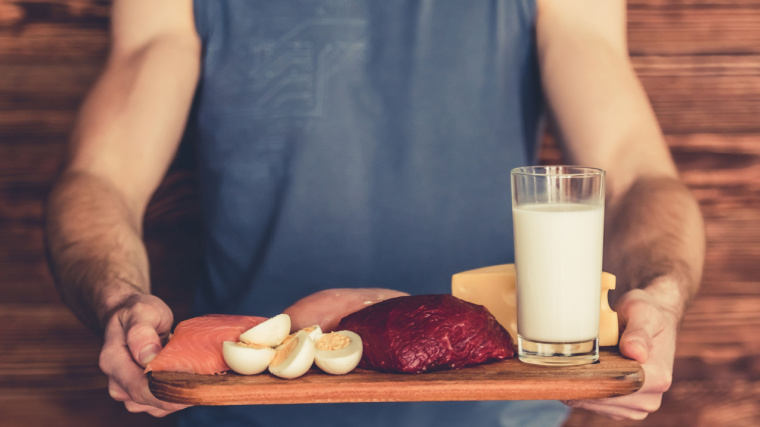







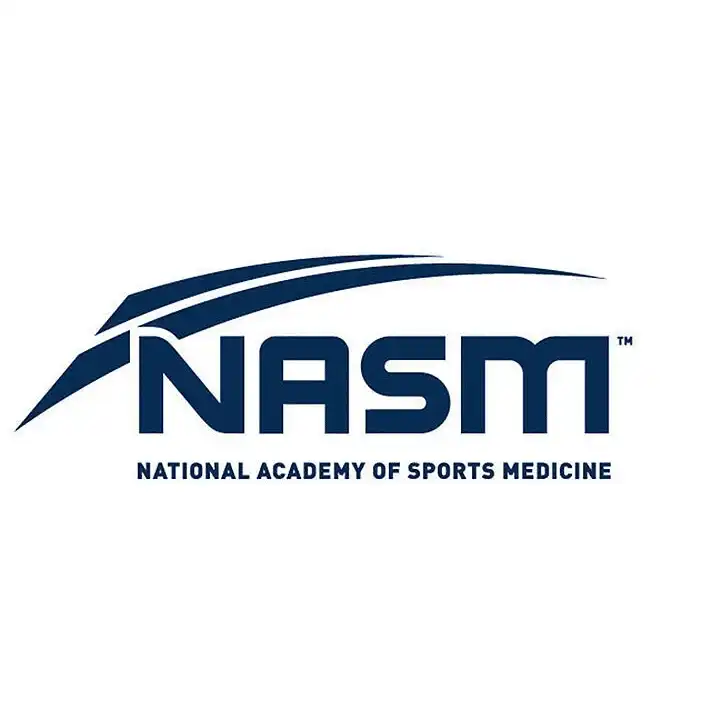




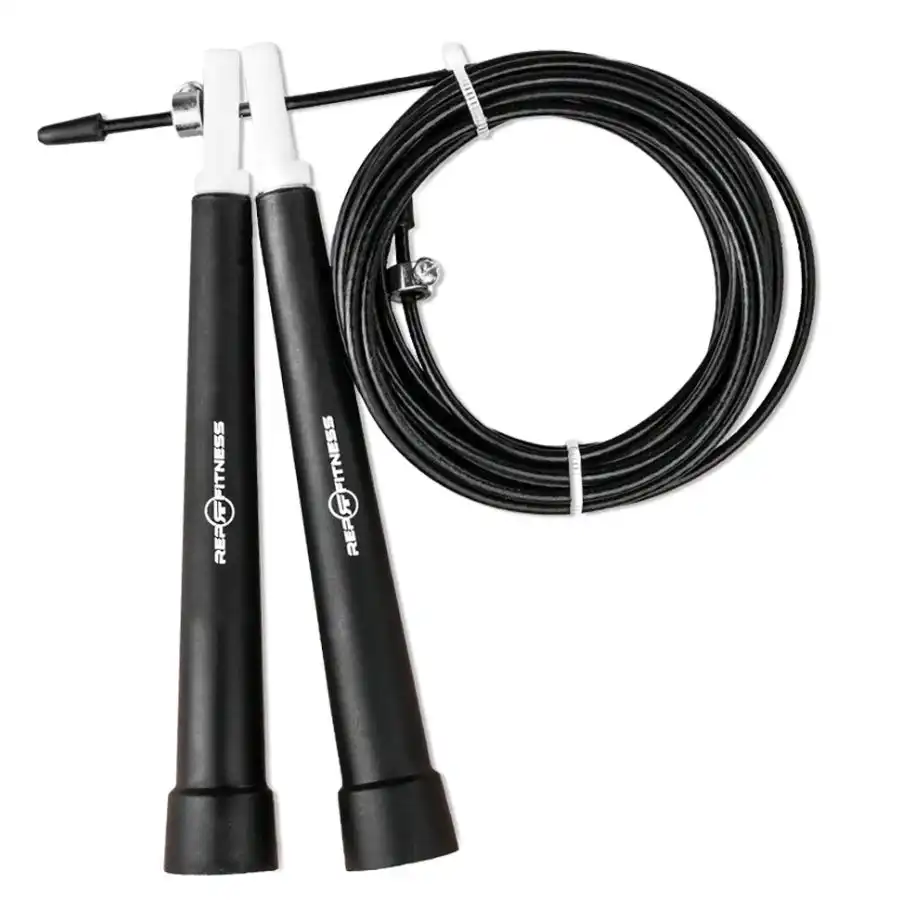
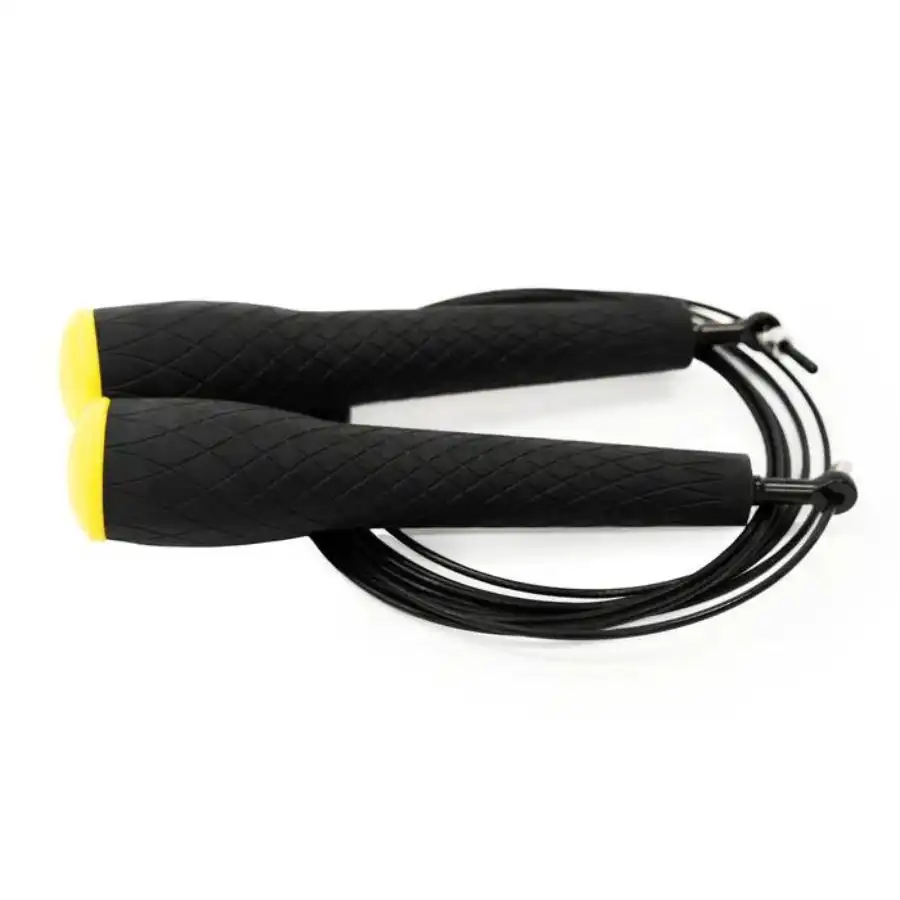
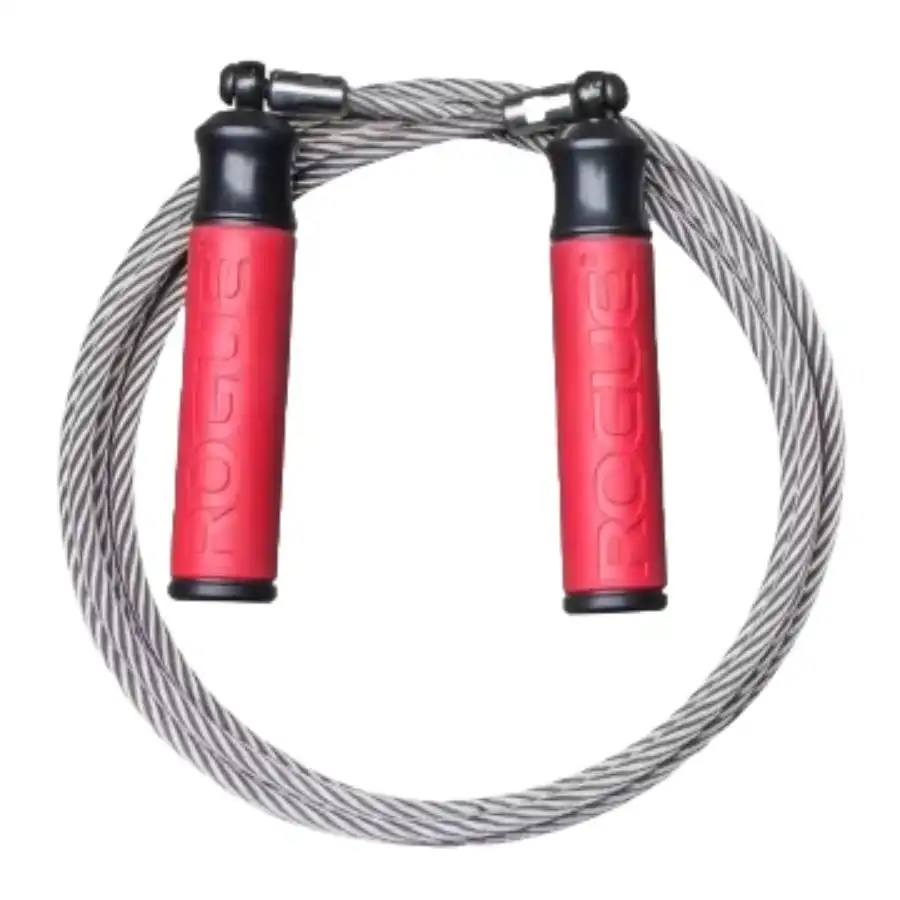

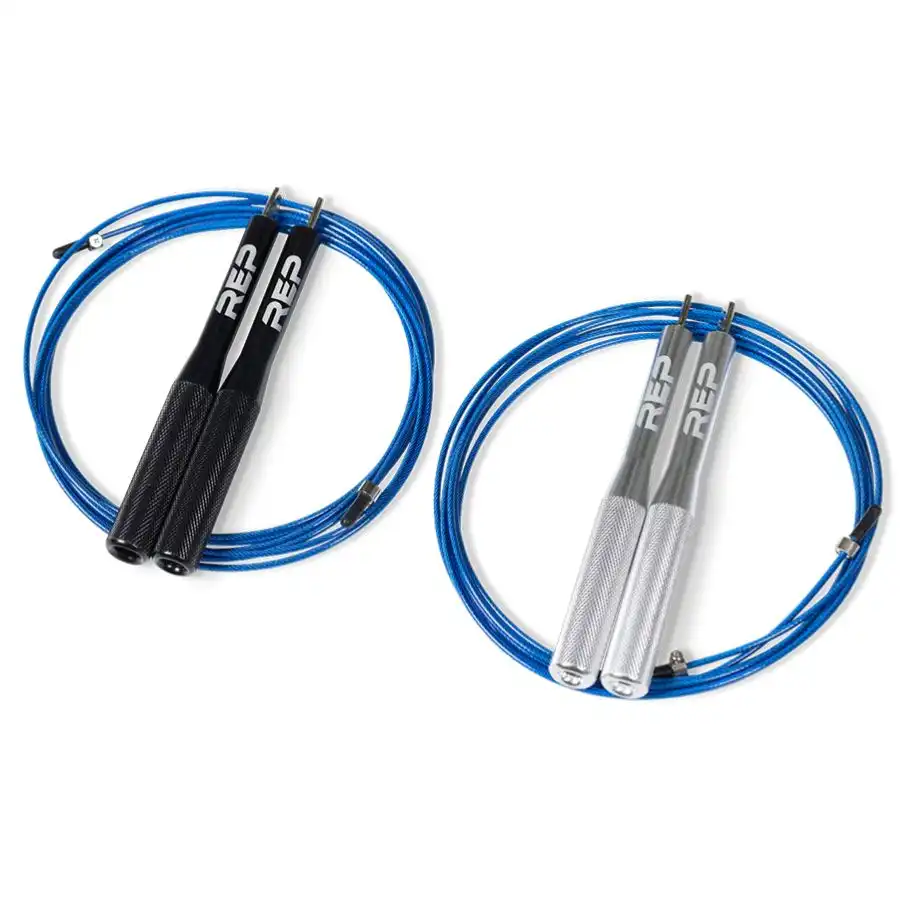

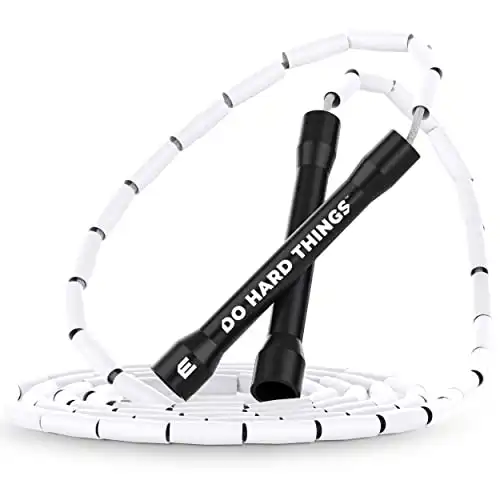
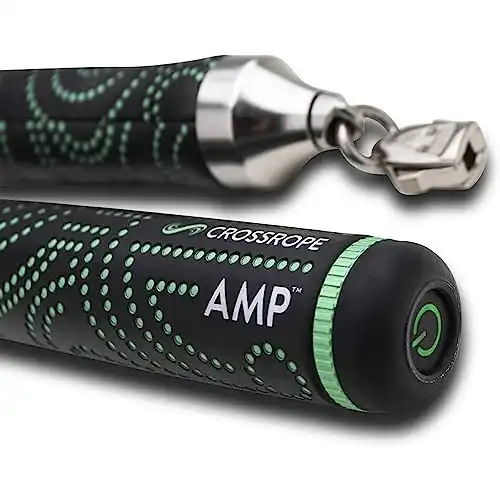
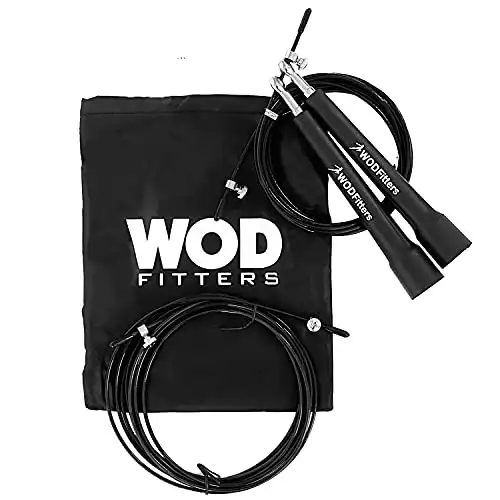
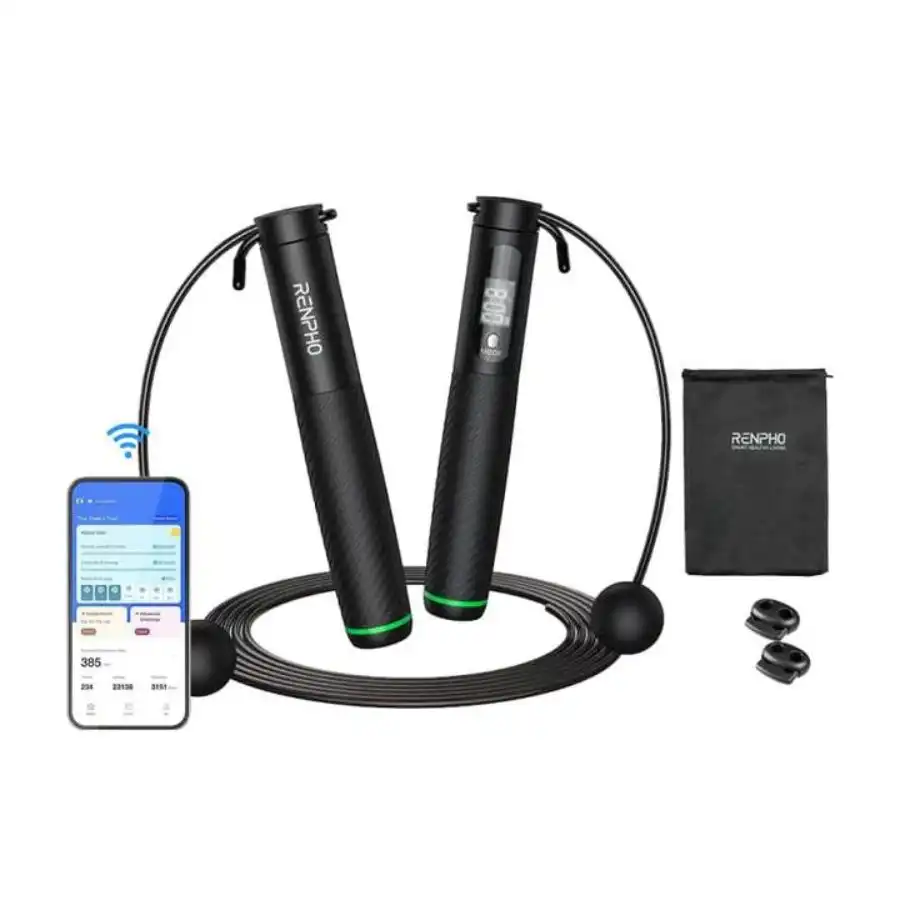
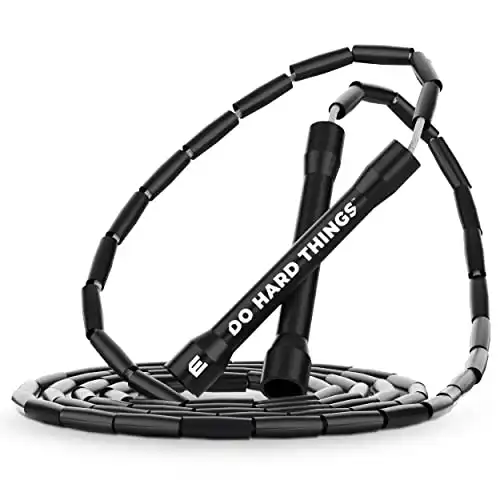

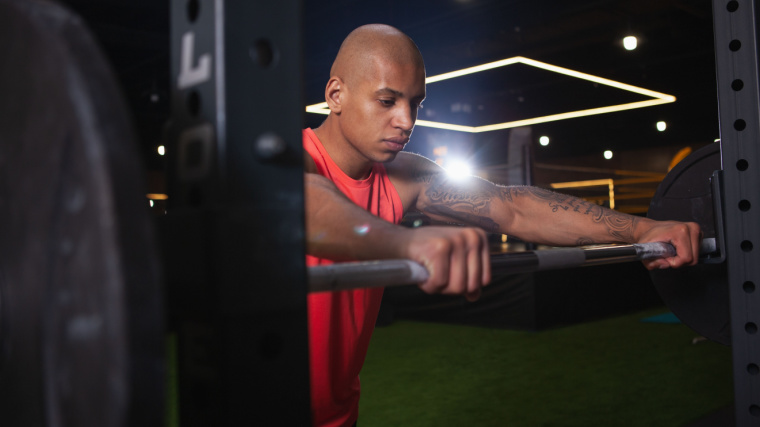
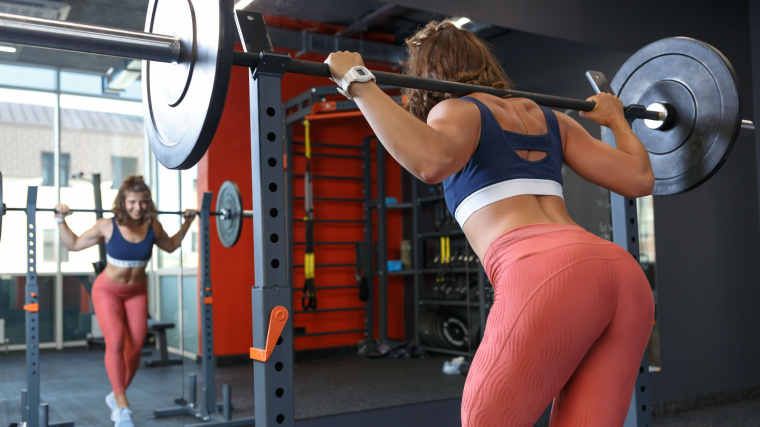

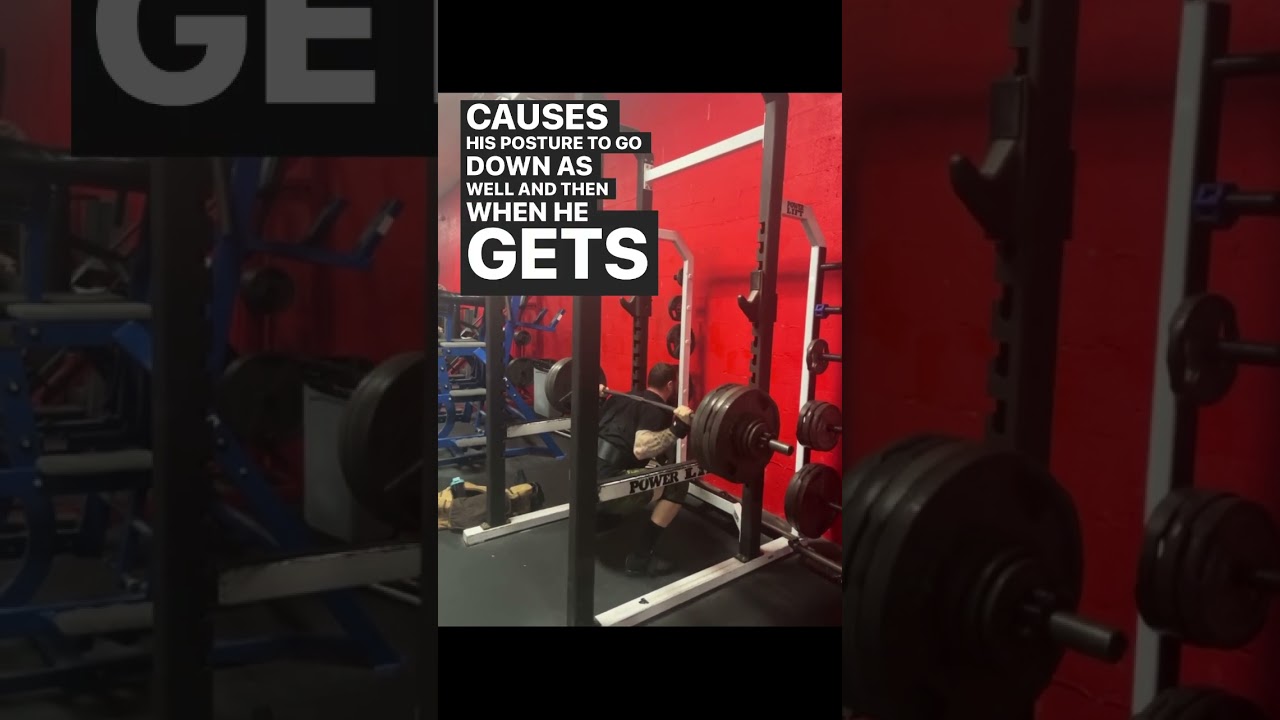
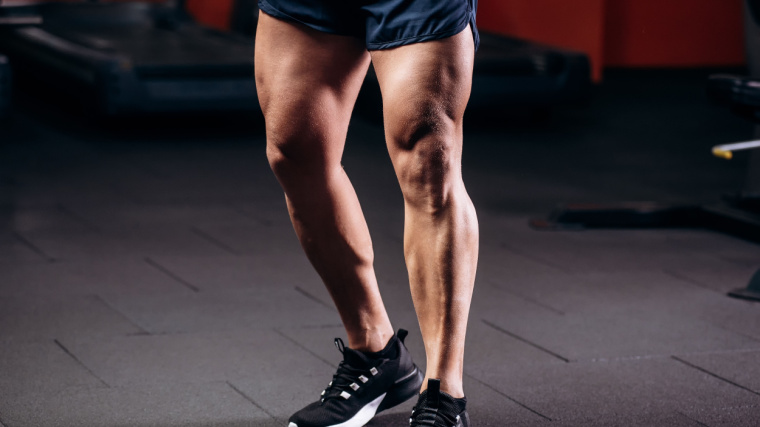

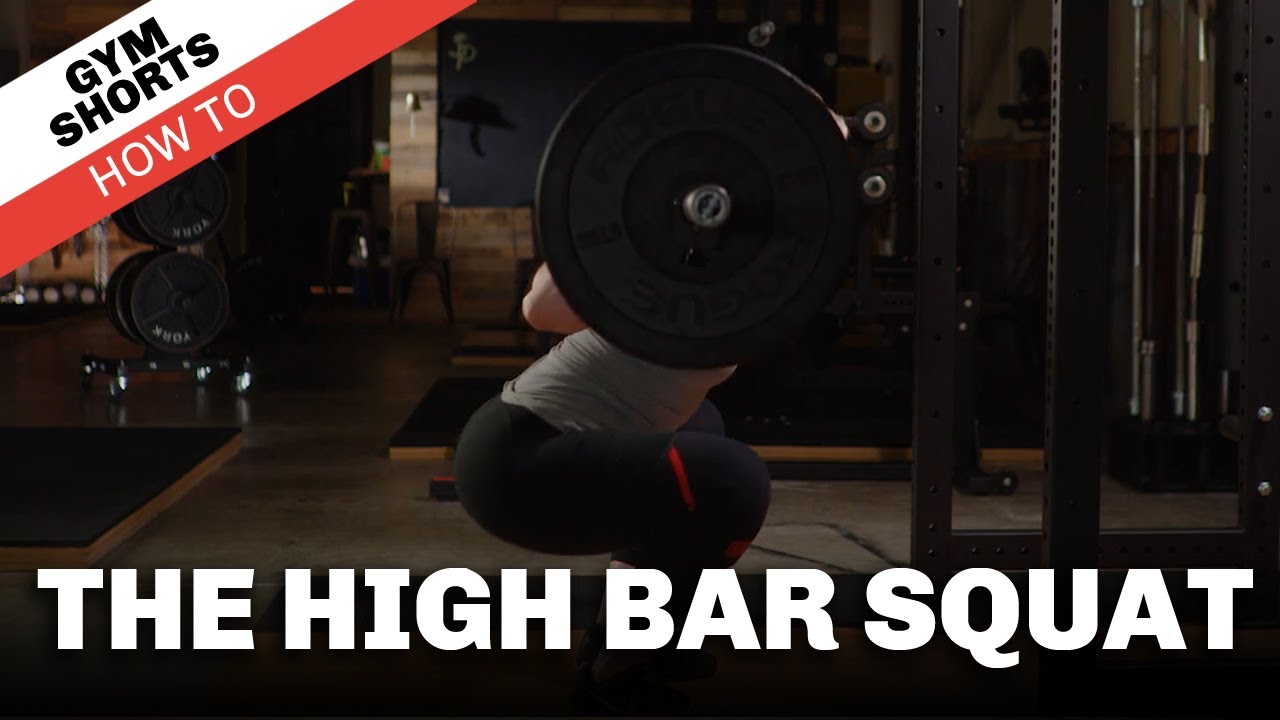
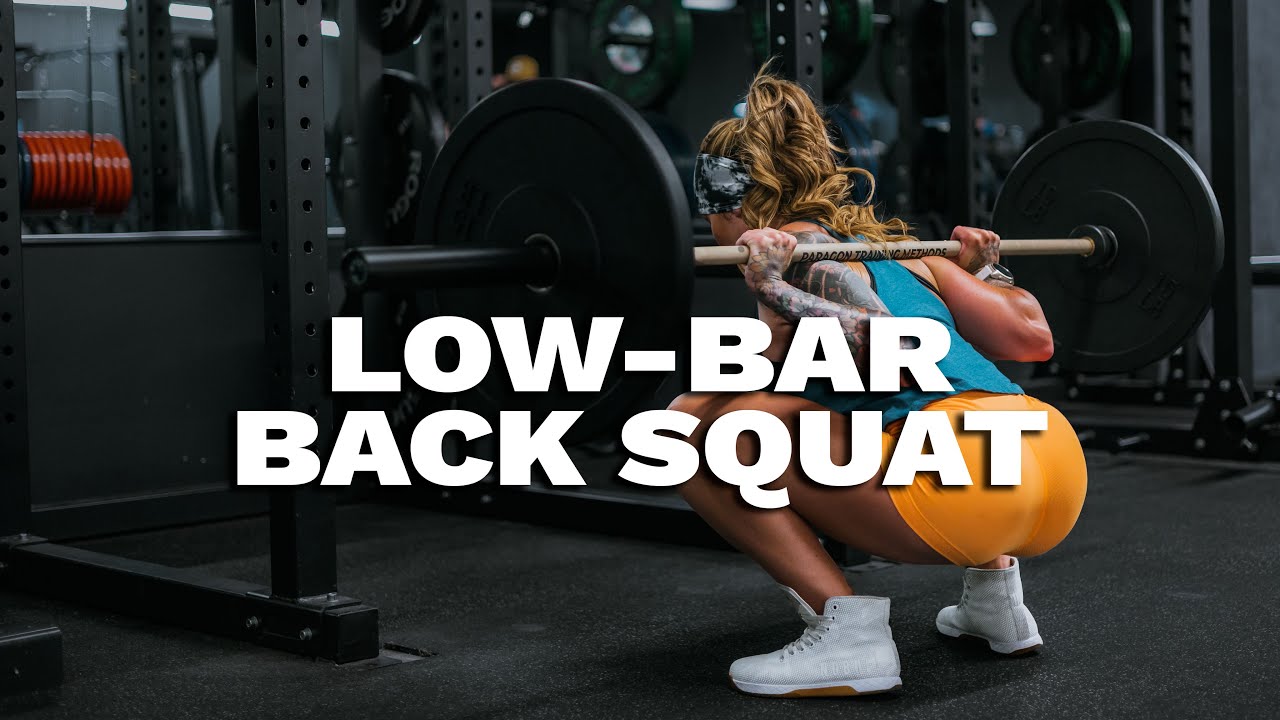
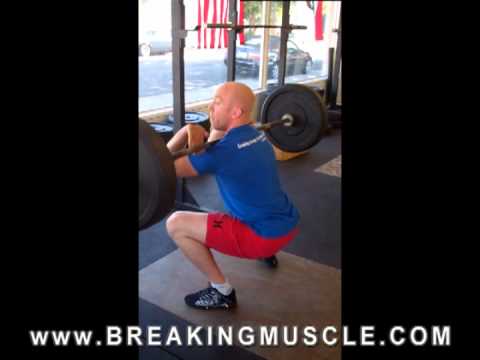
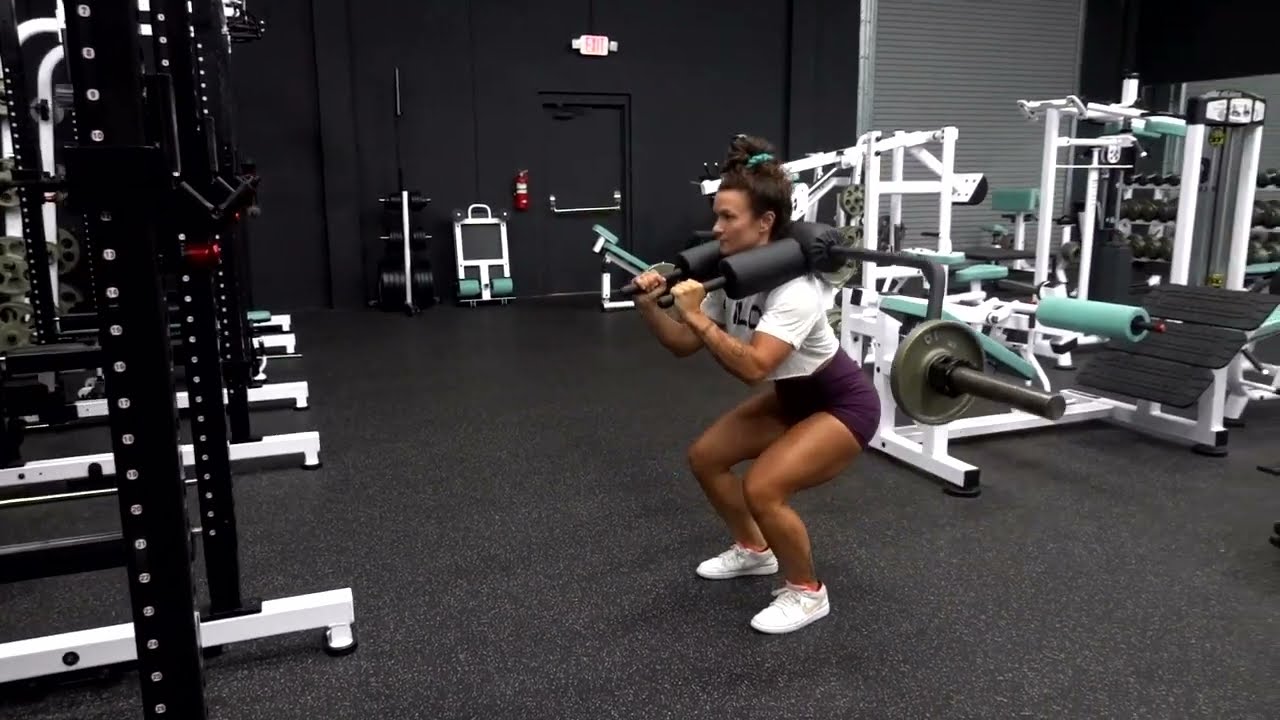
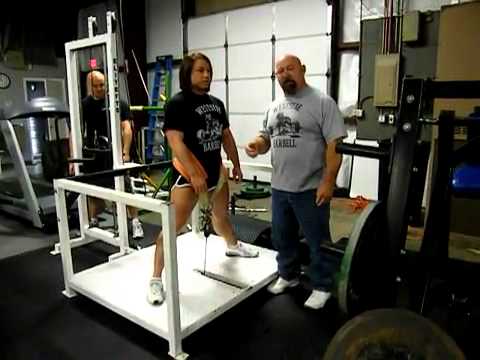
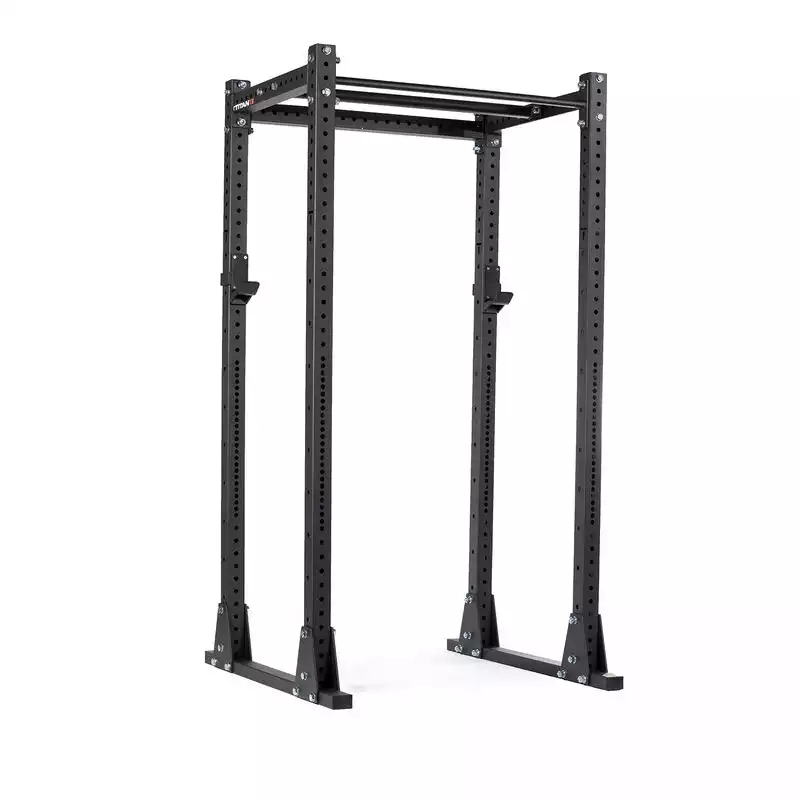

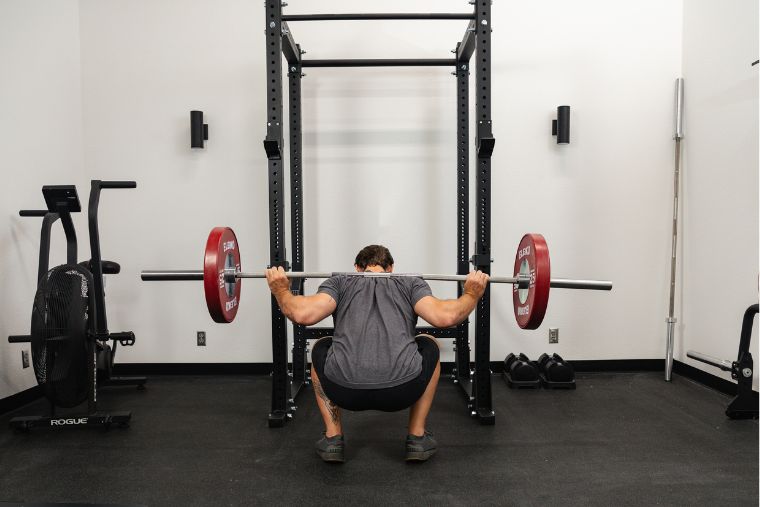
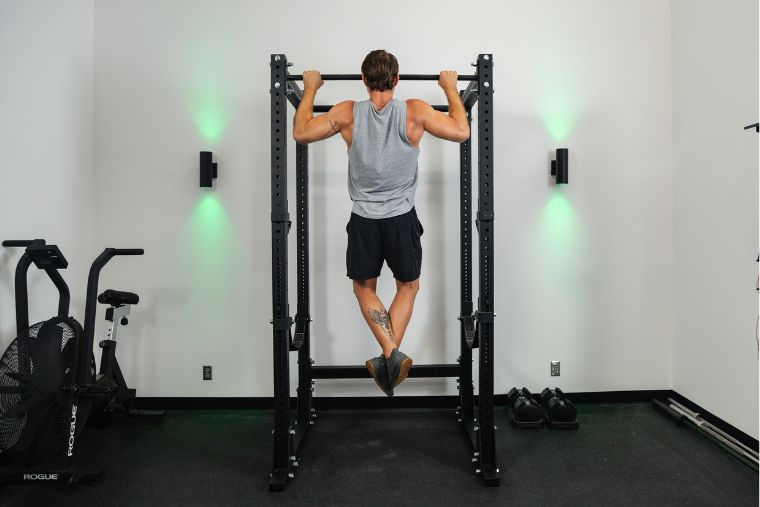
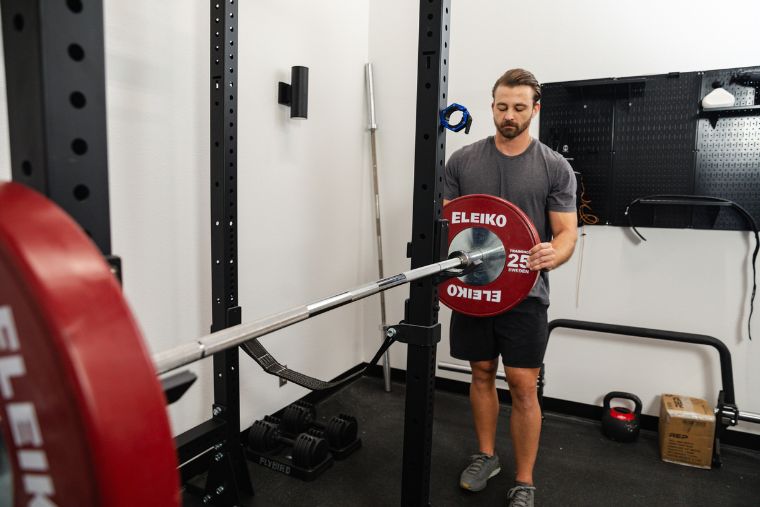

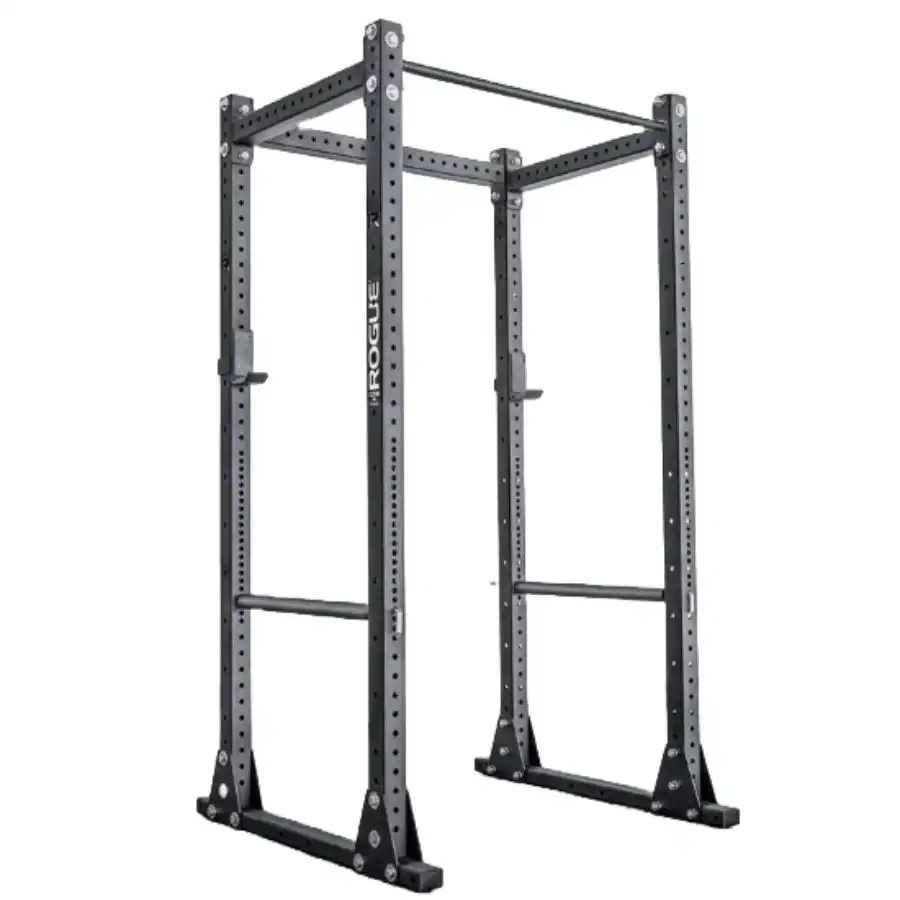
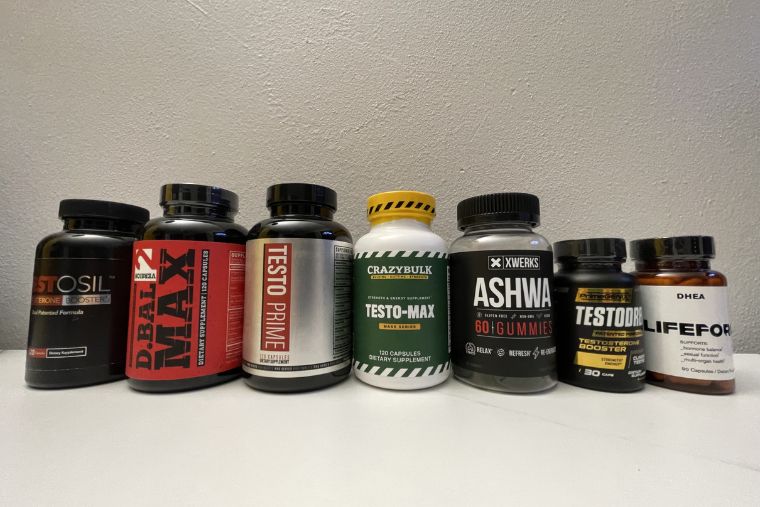

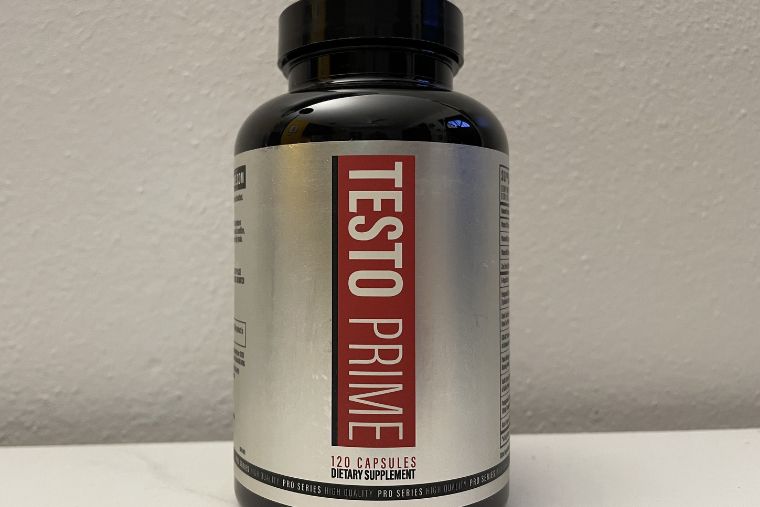
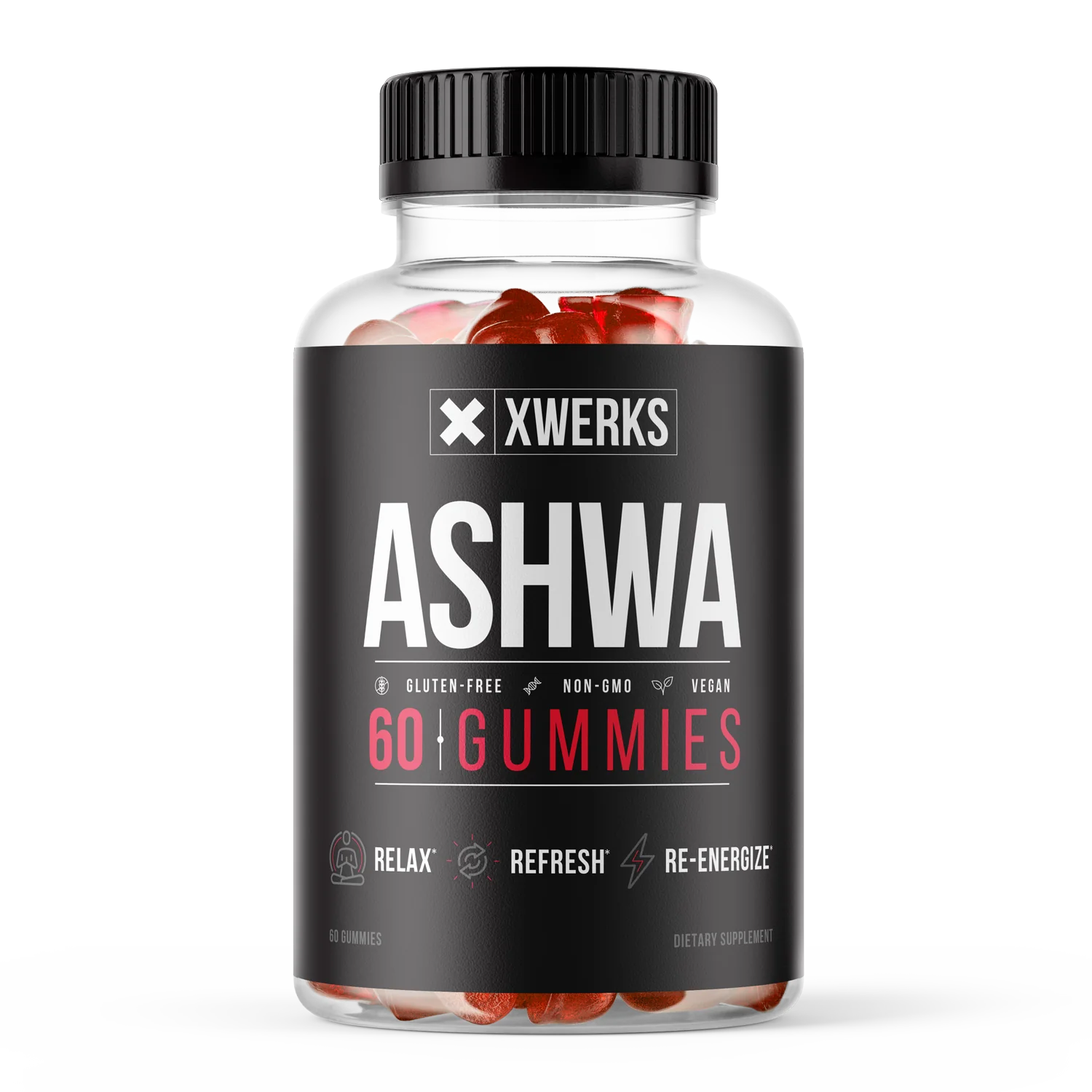


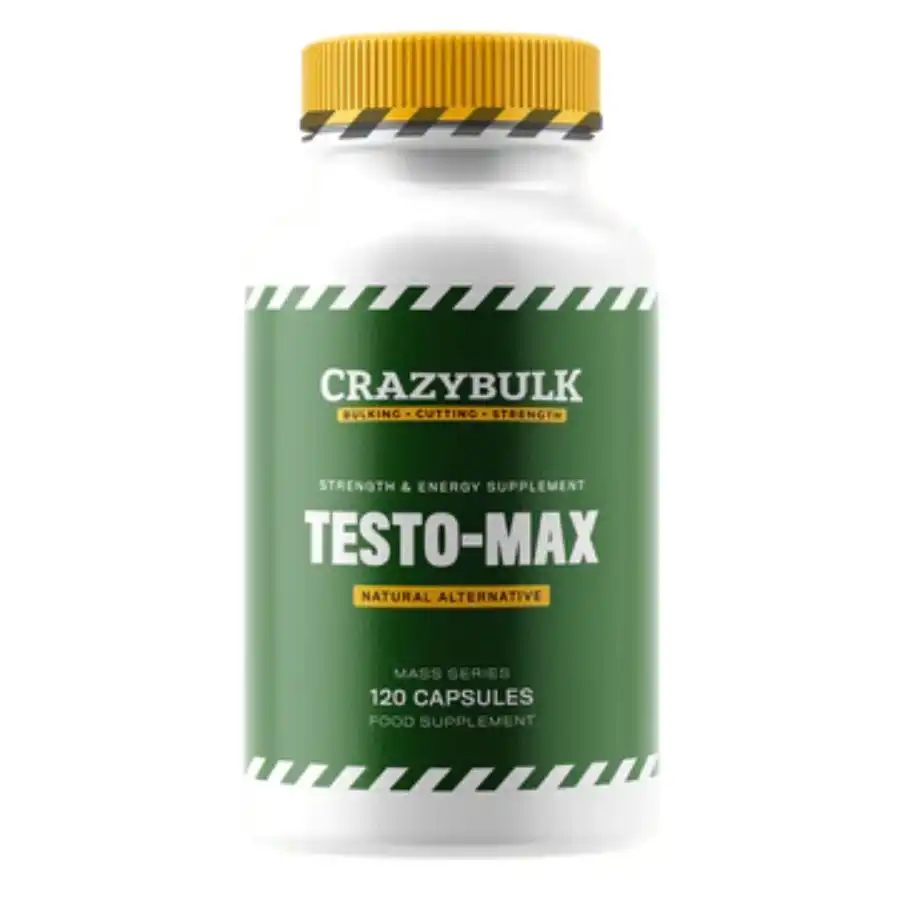
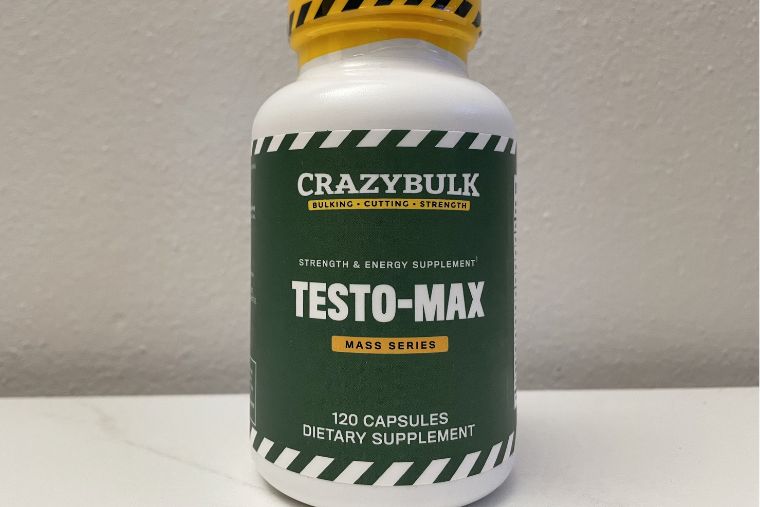
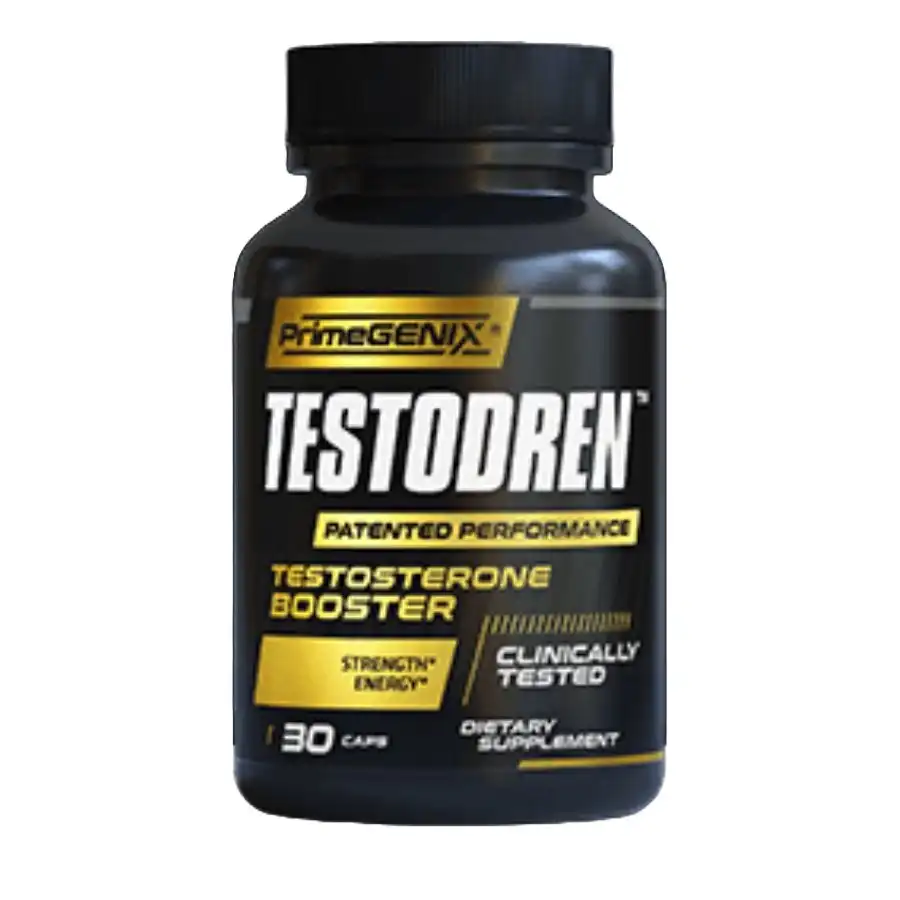


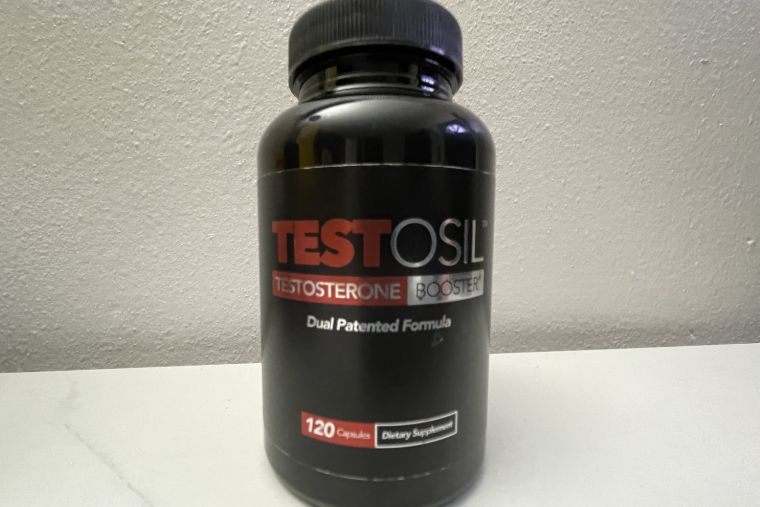


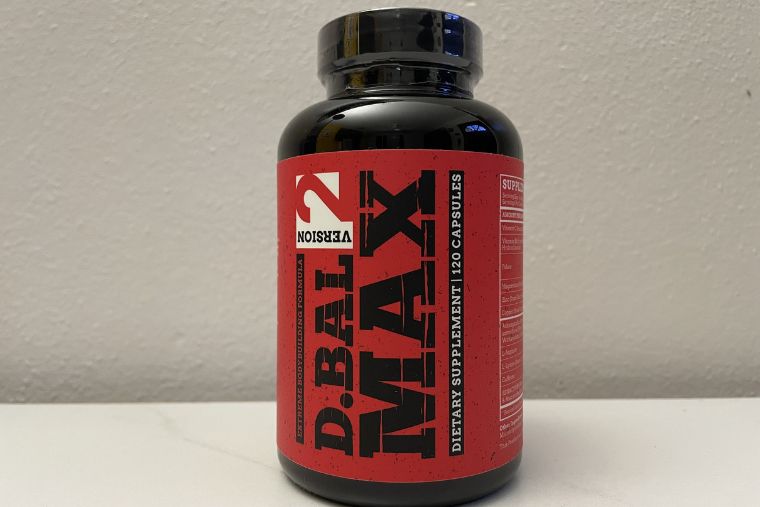

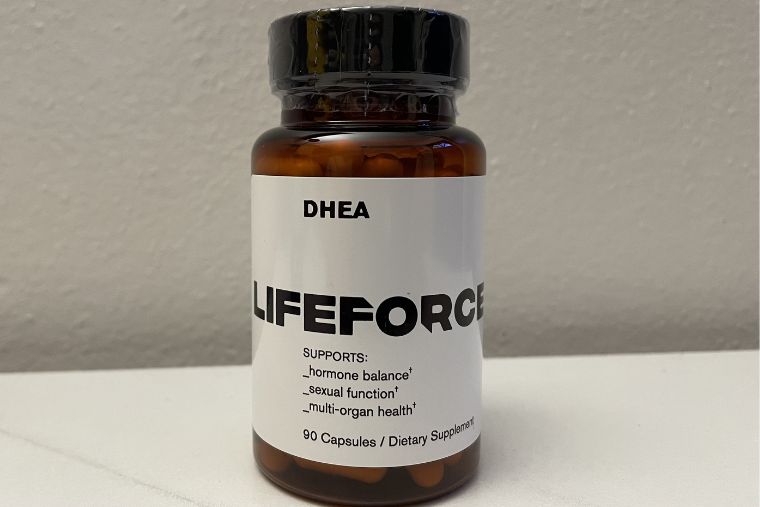
 For now classes are 6pm and 640pm at 2840 Wildwood st in the Boise Cloggers studio.
Book your class NOW!
click this ==>
For now classes are 6pm and 640pm at 2840 Wildwood st in the Boise Cloggers studio.
Book your class NOW!
click this ==>








